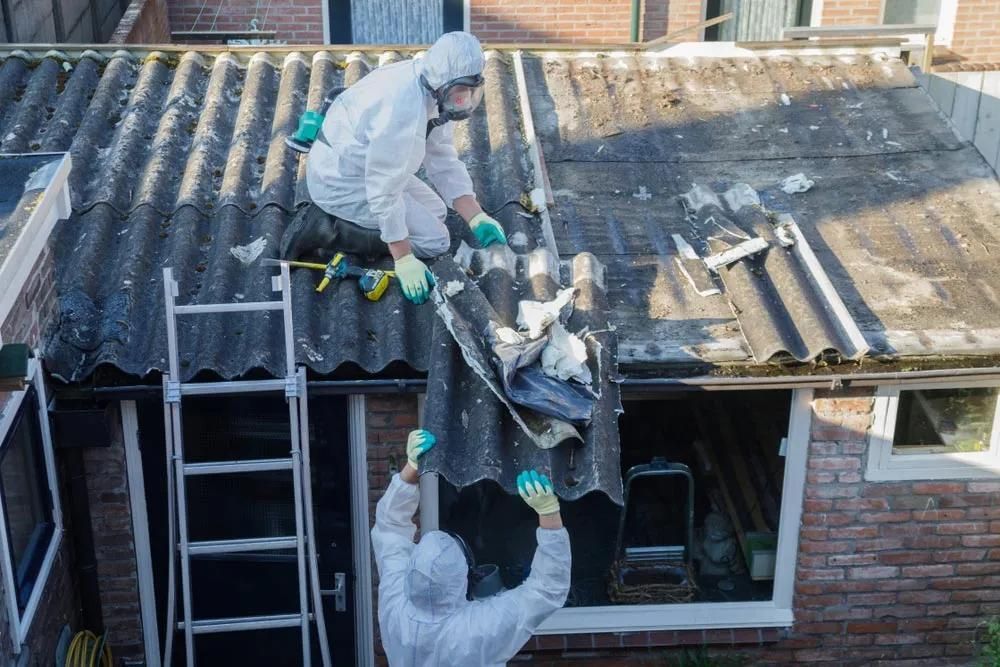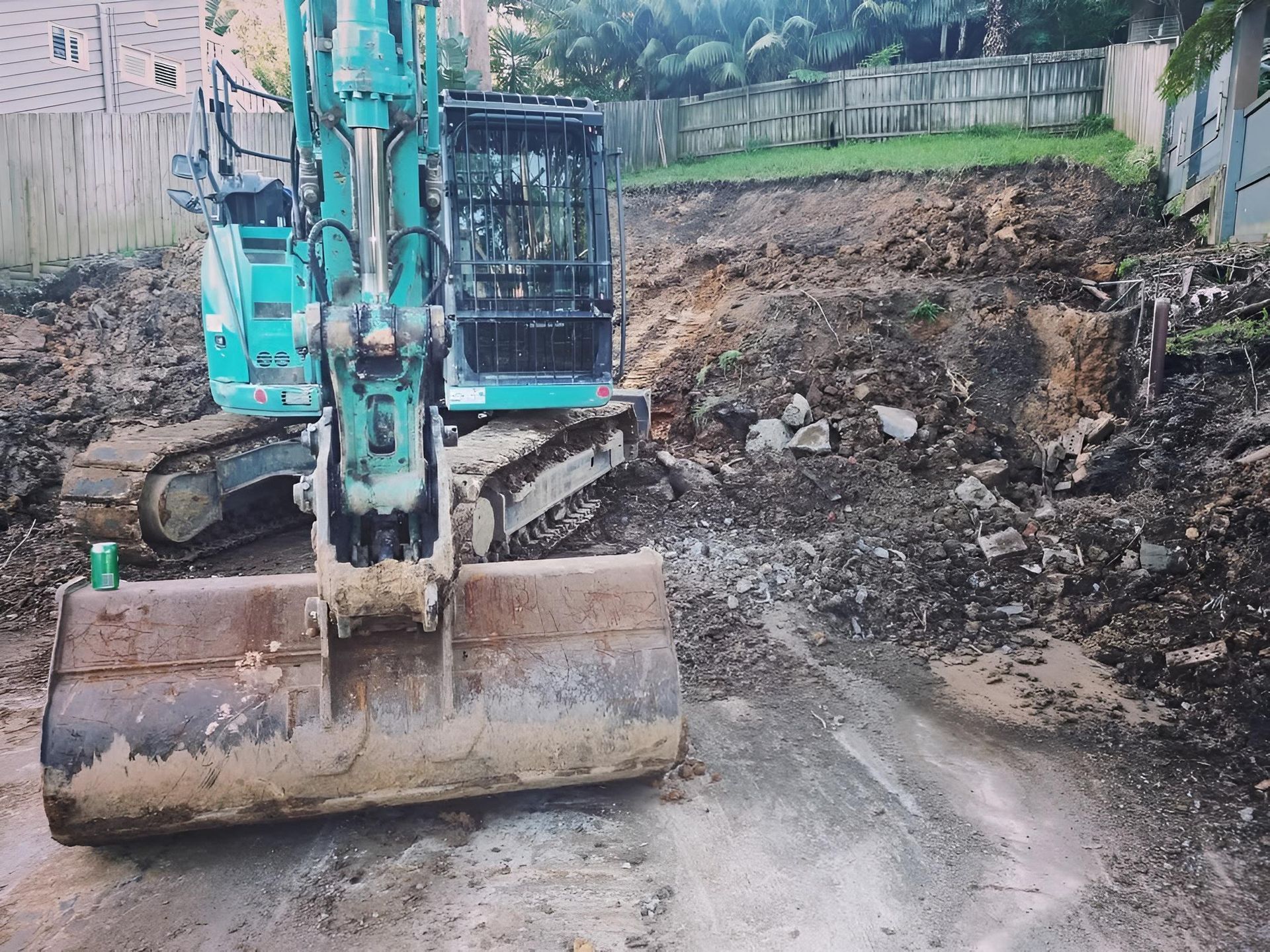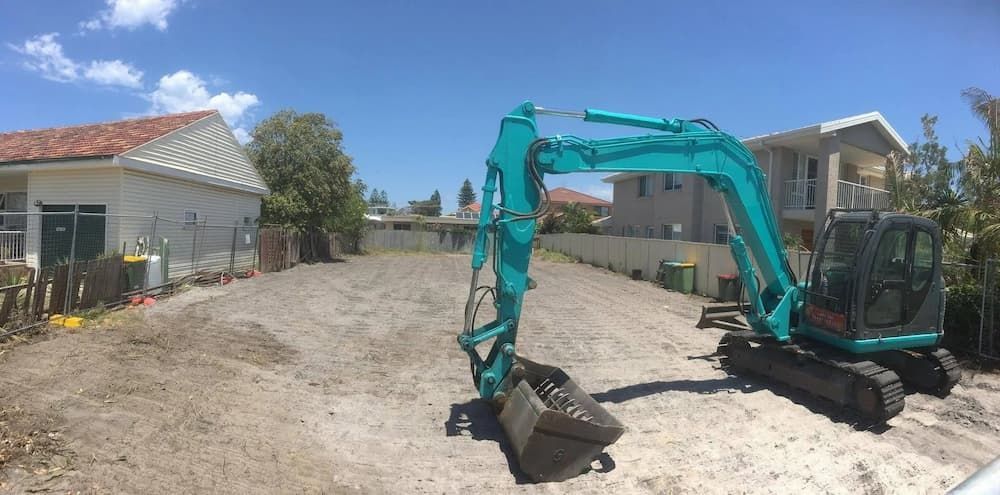Selective Demolition: Preserving Structures
Central Coast Complete Demolition • August 1, 2025
When updating, restoring, or adapting a building, tearing everything down is not always the best—or necessary—approach. Selective demolition offers a more refined and strategic way to remove only specific parts of a structure while preserving the integrity of the rest. This method is invaluable for homeowners and property owners, particularly those managing renovations or heritage properties.
Unlike total demolition, selective demolition involves pinpointed removal, allowing work to proceed around what remains untouched. It’s a task that demands skilled professionals, the right equipment and a deep understanding of structural dynamics. For those seeking demolition services on the Central Coast, understanding the careful balance of destruction and preservation can help ensure a successful and safe outcome.
Understanding Selective Demolition in Structural Renovation Projects
Selective demolition is a targeted process that removes specific components of a building, such as interior walls, outdated fixtures or external additions, without compromising the rest of the structure. It is often the first step in renovations and repurposing projects.
- Ideal for upgrades that maintain existing building shells
- Enables partial removal without damaging retained areas
- Common in heritage building renovations or layout reconfigurations
- This method is especially valuable when the goal is to modernise or adapt while respecting original architecture or meeting budget and planning constraints.
How Precision Tools Enable Safer Structural Preservation
Precision equipment is critical in ensuring that selective demolition is executed safely and cleanly. Professionals use tools that offer control and finesse rather than heavy-duty machines used in total demolitions.
- Hydraulic shears and crushers for minimal vibration impact
- Electric saws and hand tools for confined or delicate zones
- Dust suppression systems to protect air quality and interiors
- Using the right tools allows teams to work inside occupied buildings or near sensitive infrastructure, such as hospitals, schools or neighbouring homes, without causing unnecessary disruption.
When Heritage Meets Modernisation: Demolition Without Damage
Preserving the character of a building while upgrading it to modern standards is a common goal in older properties. Selective demolition helps retain architectural charm while clearing the way for essential updates.
- Retains period details like cornices, stonework and balustrades
- Removes hazardous or outdated materials (e.g., old wiring)
- Enables integration of modern comforts like insulation or open layouts
- Whether updating a Federation-era house or adding to a weatherboard cottage, this approach helps property owners balance conservation and improvement.
Minimising Risk: Structural Integrity Considerations During Partial Demolition
One of the most critical challenges in selective demolition is preserving the structural integrity of the building. Unlike full-scale demolition, where the entire structure is removed, partial demolition involves working within an existing framework. Any misstep, such as removing a load-bearing wall or misjudging weight distribution, can have serious consequences.
To ensure safety and success, detailed planning and expert execution are essential:
- Structural assessments to identify load-bearing components
- Installation of temporary supports where necessary
- Continuous monitoring of the building’s condition during work
- Poorly managed partial demolition can lead to damage, safety issues or compliance breaches. That’s why engaging trained demolition specialists with engineering input is essential for structural safety.
Preparing for the Unexpected: Hidden Challenges in Selective Demolition
Selective demolition rarely follows a straight path, particularly when dealing with older properties. What may appear structurally sound on the surface can quickly reveal hidden problems once walls, floors or ceilings are opened. These unexpected discoveries can derail timelines and budgets if not managed with care.
Some of the most common surprises include:
- Asbestos or lead-based paint is often found in pre-1990s buildings
- Hidden plumbing, electrical wiring or termite damage
- Incomplete or inaccurate building records complicate planning
- Working with licensed contractors ensures that any hidden risks are addressed immediately. Their experience allows them to adjust the scope safely, avoiding costly delays or regulatory breaches.
Eco-Conscious Demolition: Reducing Waste Through Material Salvage
Selective demolition allows greater opportunity to recycle or reuse materials than total knockdowns. This not only reduces waste but also supports more sustainable building practices.
- Salvageable timber, metal, brick and fittings are set aside
- Materials can be reused onsite or sold for reuse elsewhere
- Less landfill waste aligns with sustainability goals and regulations
- This is an environmentally responsible choice for homeowners and developers alike, especially when working toward green certification or community expectations for sustainable construction.
The Role of Skilled Contractors in Delicate Demolition Projects
Selective demolition isn’t simply about knocking down walls—it’s a delicate process that demands knowledge, discipline and a well-coordinated team. Unlike total demolitions, where the approach is more straightforward, partial demolition requires contractors who can operate within a live or structurally sensitive environment. Not every demolition provider is equipped for that level of precision.
Key capabilities that set skilled contractors apart include:
- Contractors must understand building systems and risk factors
- Licensing and insurance are critical for high-risk zones
- Communication with engineers, architects and clients ensures clarity
- Hiring a skilled team can mean the difference between a smooth renovation and a project plagued by complications. They bring experience handling detailed scope changes, safety concerns and local council requirements.
Why Homeowners Should Prioritise Site Assessment Before Demolition
Before a hammer or drill is used, a thorough site assessment is essential. This identifies risks and guides the best strategy for the demolition and construction phases.
- Identifies hazardous materials like asbestos or old gas lines
- Confirms which structures can be safely removed or modified
- Helps estimate realistic timeframes and costs
- Property owners who skip this stage often encounter delays or need emergency redesigns. Professional site assessments reduce these risks, keeping your project on time and compliant.
Plan Your Demolition with Precision
At Central Coast Complete Demolition, we understand that not every building needs to be levelled to the ground. Selective demolition is about removing only what you need—safely, efficiently, and precisely. We deliver demolition solutions that support renovation, refurbishment, and redevelopment projects without compromising what makes your structure unique.
From heritage preservation to strategic material salvage, our team is equipped to handle the intricacies of partial demolition while maintaining structural and environmental integrity. Contact us via our service page to arrange a consultation or learn how we can support your next project.
Verify Licensing & Certifications
Asbestos removal
is highly regulated to ensure safety, so always confirm that your contractor is fully licensed and certified. Here’s what to look for:
- Proper Licensing: The contractor should hold either a Class A or Class B asbestos removal licence, which determines the types of asbestos they’re permitted to remove.
- Industry Certifications: Check for certifications from reputable bodies that indicate adherence to safety and quality standards.
- Compliance with Regulations: Ensure the contractor follows regulations set forth by SafeWork NSW and other local authorities for asbestos handling and disposal.
Evaluate Experience & Client References
Experience is vital in asbestos removal, as contractors must know how to handle various challenges and ensure complete removal. To gauge a contractor’s experience, consider:
- Project History: Ask about similar projects they’ve handled, particularly in residential or commercial settings like yours.
- Client References: Request references or check online reviews to understand their reputation and reliability.
- Portfolio of Work: Experienced contractors often have a portfolio showcasing past projects, which can help you assess their quality of work.
Understand Their Removal Process & Safety Protocols
Knowing how your contractor plans to conduct the asbestos removal is essential to ensuring the process is safe and comprehensive. Here are some points to discuss:
- Initial Inspection: Does the contractor perform a detailed inspection and conduct air quality testing to assess asbestos levels?
- Containment Methods: Ask about the protective barriers and controlled areas they use to prevent the spread of asbestos fibres.
- Waste Disposal: Confirm that asbestos waste will be handled and disposed of at licensed facilities in compliance with local legal requirements.
Confirm Insurance & Warranties for Added Protection
Asbestos removal involves certain risks, making insurance coverage a must-have for any contractor. Be sure to confirm the following:
- Liability Insurance: Ensures coverage for property damage or accidents that may occur during the project.
- Worker’s Compensation: This coverage protects you from potential liabilities if a worker is injured on your property.
- Warranties on Work: Reputable contractors often provide warranties to assure clients of the quality and thoroughness of their asbestos removal.
Choose Safe Asbestos Removal with Complete Demolition
At
Complete Demolition
, we bring over 20 years of expertise to
safe asbestos removal
on the Central Coast. Our licensed team ensures comprehensive asbestos remediation, from thorough site inspections to secure disposal, while prioritising minimal environmental impact. We handle each project with professionalism and care and are equipped with advanced safety gear and rigorous containment protocols.
Contact us today
to safeguard your home or property from asbestos risks with our trusted and efficient removal services.








